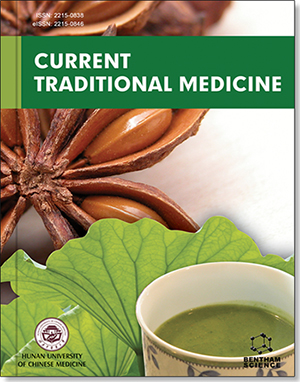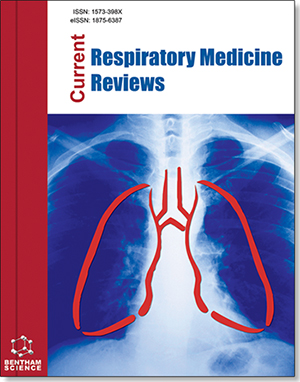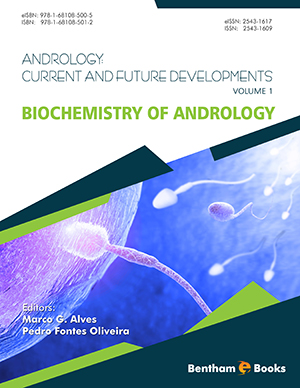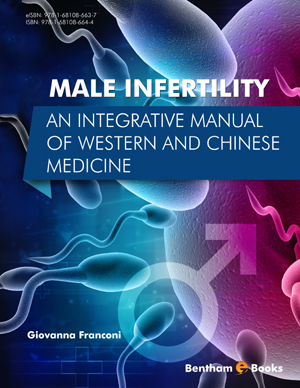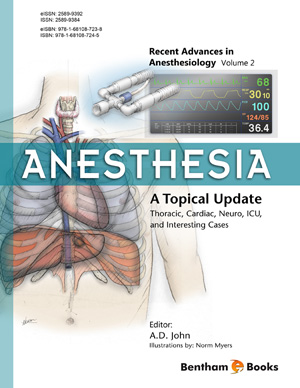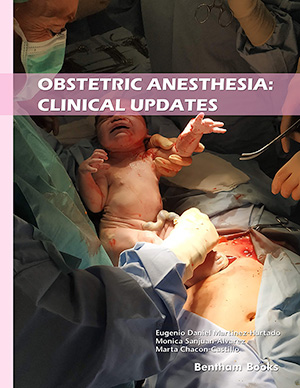Abstract
Preeclampsia, the most frequent, serious, hypertensive complication of pregnancy, occurs in about 5 to 8% of all live-birth pregnancies in the United States. Despite being one of the leading causes of maternal death and a major contributor of maternal and perinatal morbidity, the mechanisms responsible for the pathogenesis of preeclampsia are unknown. Development of an animal model that recapitulates this complex pregnancy-related disorder may help to expand our understanding and may hold great potential for the design and implementation of effective treatment. There have been numerous attempts to generate animal models of preeclampsia. An ideal animal model of this disease would exhibit all the symptoms seen in preeclamptic women: hypertension, proteinuria, endothelial dysfunction including glomerular endotheliosis, and imbalance of angiogenic factors. Finding a model that satisfies these criteria has been very challenging. In this chapter we will discuss new disease models that have been created to tackle this complex and devastating disorders.
Keywords: Preeclampsia, animal models, rodents, angiogenesis, hypertension, proteinuria, endotheliosis, endothelial dysfunction, trophoblast invasion, vascular endothelial growth factor (VEGF), soluble receptors for VEGF 1, nitric oxide, statins, angiotensin, complement component C1q, uterine perfusion.


 Download PDF Flyer
Download PDF Flyer
